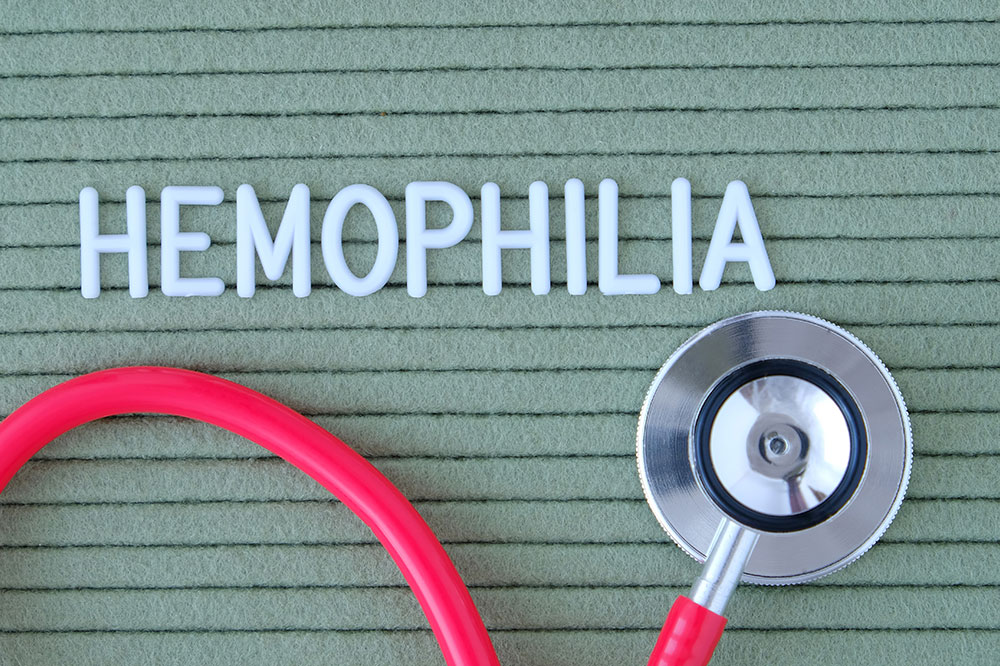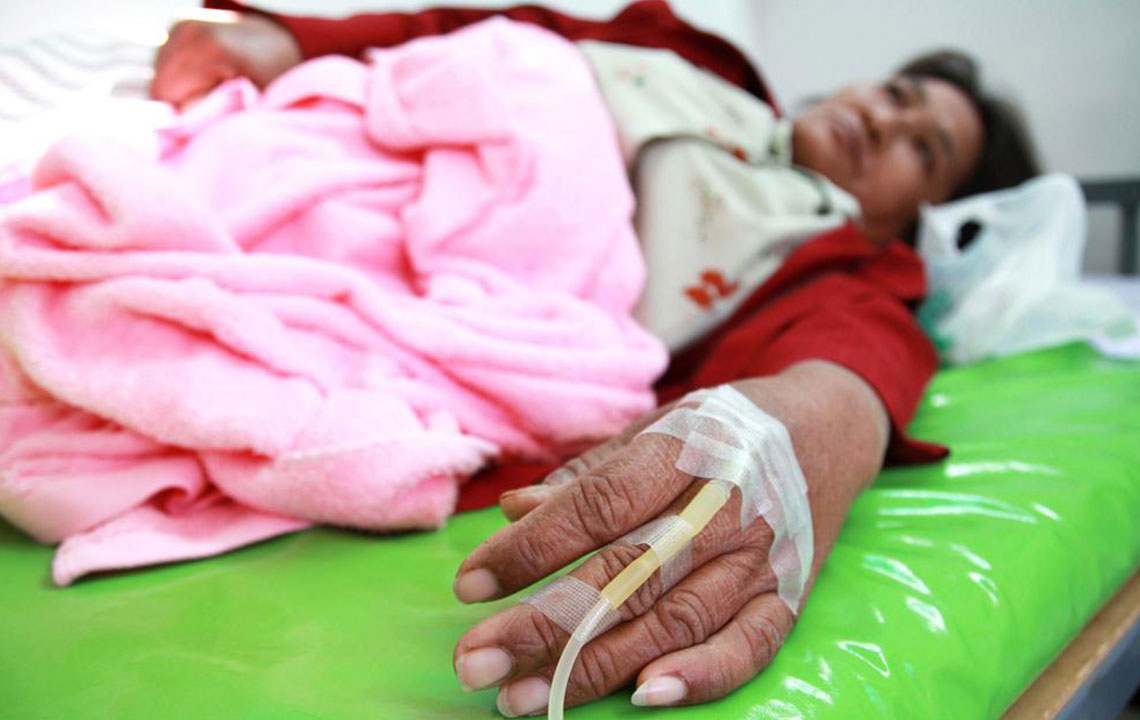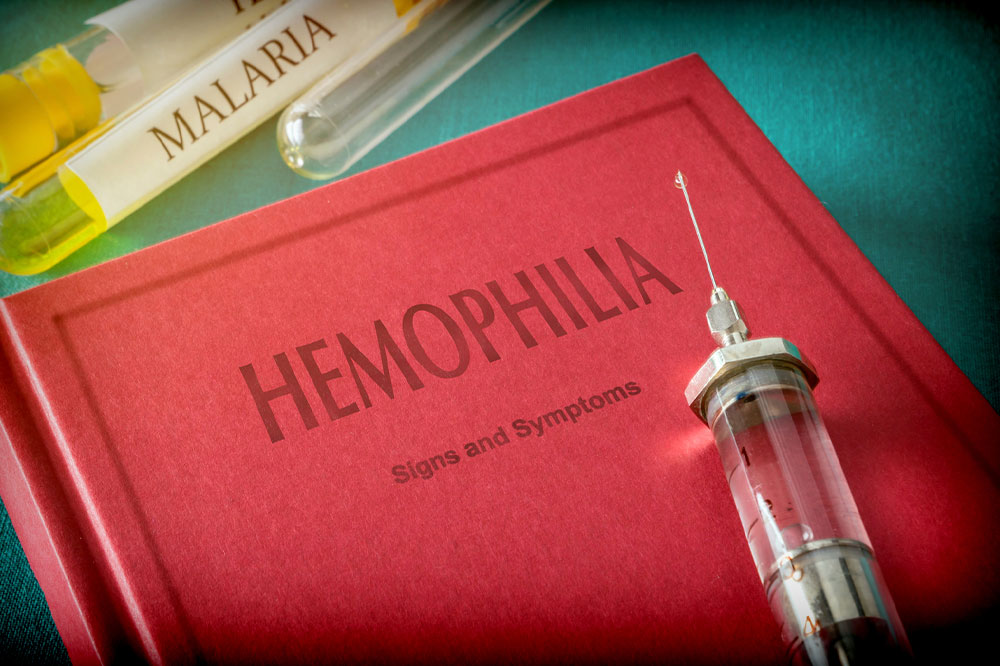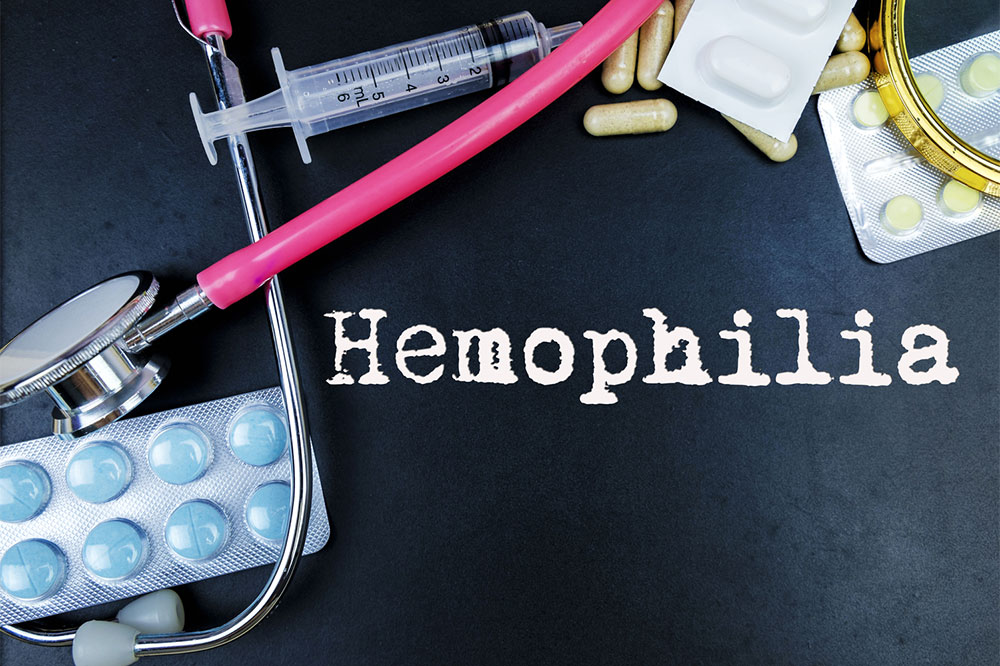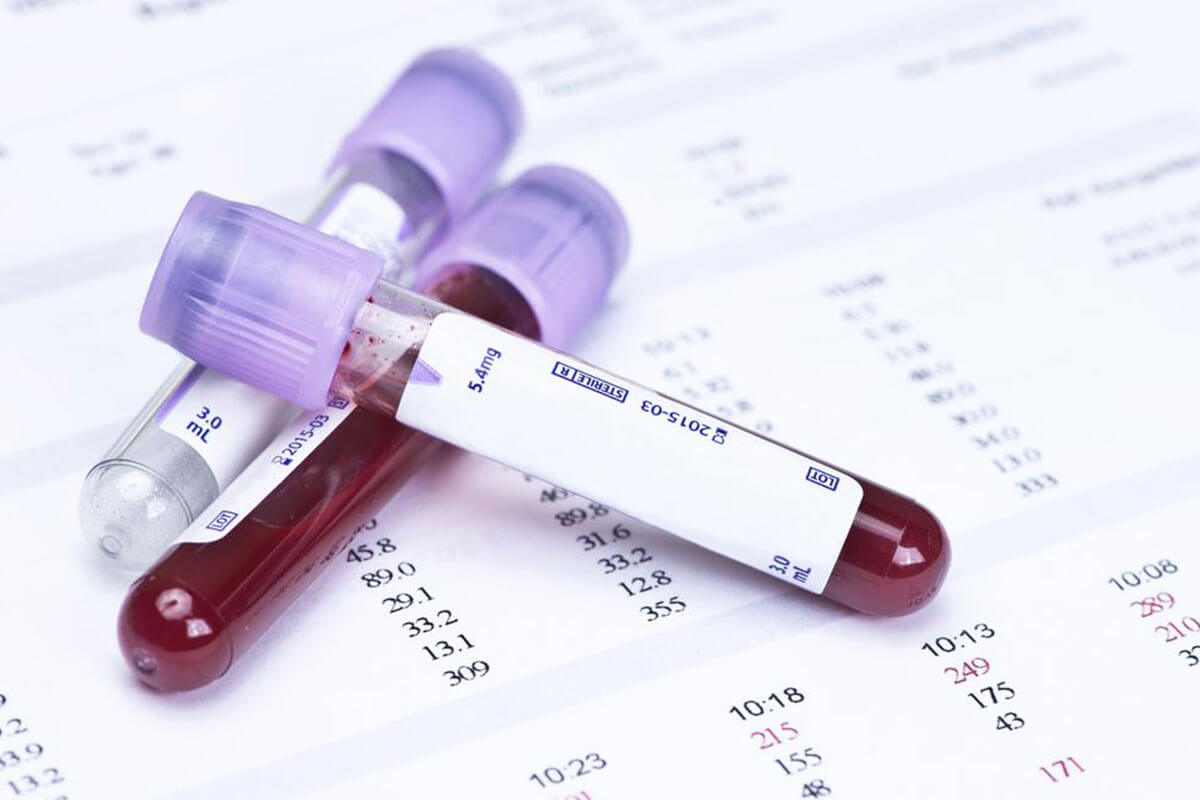Complete Pediatric Hemophilia Overview: Causes, Symptoms, and Effective Care Strategies
This comprehensive guide explores pediatric hemophilia, detailing its causes, symptoms, diagnosis, and management options. It emphasizes the importance of early recognition and appropriate treatment, including factor replacement therapy and preventive care. Understanding this hereditary disorder helps parents and caregivers provide effective support to affected children, ensuring better health outcomes and improved quality of life. The article also highlights ways to prevent internal and external bleeding, offering practical tips for everyday management and emergency response. Learn everything you need to know about pediatric hemophilia here.

Complete Pediatric Hemophilia Overview: Causes, Symptoms, and Effective Care Strategies
Learn comprehensive information about hemophilia in children, including causes, symptoms, diagnosis, and management.
For parents and caregivers, maintaining preparedness with a detailed first aid kit is crucial. Children naturally bump into objects and fall frequently, which is common during active play. However, children diagnosed with hemophilia require special care and attention to prevent severe bleeding episodes. While minor bruises typical for children often heal naturally, even small cuts or injuries in children with hemophilia can lead to serious complications if not managed properly.
Whether you are a parent of a child with hemophilia or looking to understand this condition better, this guide provides detailed answers to frequently asked questions about pediatric hemophilia.
What Is Hemophilia?
Hemophilia is a hereditary blood disorder characterized by the deficiency of specific clotting factors necessary for blood to clot properly after injury or trauma. This deficiency leads to prolonged bleeding, which can sometimes be difficult to control and may pose serious health risks. The disorder mainly affects male children, with statistics indicating that approximately 1 in 10,000 to 50,000 male births are affected worldwide. While girls can carry the hemophilia gene and usually do not exhibit symptoms, they can pass the defective gene to their children. Hemophilia results from inherited gene mutations or, in rare cases, mutations that occur spontaneously during fetal development.
Children with hemophilia often experience both external bleeding, such as persistent cuts and bruises, and internal bleeding, which can occur inside joints and muscles. Internal bleeding is a significant concern because it can cause severe pain, joint damage, and mobility issues if not treated promptly and effectively.
How Does Normal Blood Clotting Work?
In individuals without bleeding disorders, blood clotting involves a complex process where platelets and clotting factors work together to stop bleeding at injury sites. When a blood vessel is damaged, platelets rapidly gather to form a temporary plug, releasing chemicals that activate clotting factors. These clotting factors work in a cascade, eventually producing a fibrin mesh that reinforces the platelet plug, effectively sealing the wound and preventing further blood loss. This finely tuned process ensures that bleeding is controlled, allowing tissues to heal properly.
What Changes in Children with Hemophilia?
In children with hemophilia, the process is disrupted due to a deficiency in specific clotting factors. The most common form, Hemophilia A, results from a lack of clotting factor 8, whereas Hemophilia B is caused by a deficiency of factor 9. These deficiencies impair the blood’s ability to form stable clots, leading to increased bleeding risks. The severity of bleeding episodes depends on the amount of missing clotting factors:
Mild Hemophilia: 6-50% of normal clotting factor levels. Bleeding episodes are less frequent and usually only occur after surgery or significant injuries.
Moderate Hemophilia: 2-5% of normal levels. Bleeding can occur spontaneously but is often less severe.
Severe Hemophilia: Less than 1% of normal clotting factor levels. Bleeding episodes are frequent and often occur spontaneously, sometimes even without any apparent injury.
Recognizing the Signs and Symptoms
Symptoms of hemophilia in children can be external or internal. External bleeding signs include:
Extended bleeding from cuts, scrapes, or injections
Frequent or severe nosebleeds
Unusually large or numerous bruises
Internal bleeding is more insidious and typically affects joints and muscles, leading to:
Swelling and tenderness around joints such as knees, elbows, and ankles
Pain and stiffness in affected areas
A sensation of bubbling or warmth in joints
Blood in urine or stool, indicating internal bleeding
Headaches, vomiting, or changes in consciousness following injuries, signaling potential bleeding in the brain
Prompt recognition of these symptoms is vital for effective management and preventing long-term damage.
Managing and Treating Pediatric Hemophilia
Though hemophilia has no cure yet, advances in medical treatment have significantly improved the quality of life for affected children. Treatment strategies revolve around controlling bleeding episodes and preventing complications.
Factor Replacement Therapy: The cornerstone of hemophilia management involves regularly infusing the deficient clotting factor to restore the blood’s ability to clot effectively. These infusions can be given on a scheduled basis or as needed during bleeding episodes, depending on the severity and frequency.
Medications: Apart from factor replacement, medications such as antifibrinolytics help stabilize the formed clots and prevent further bleeding. Desmopressin (DDAVP) is another example used specifically in mild Hemophilia A cases to stimulate the release of stored clotting factors.
Prophylactic Treatment: Regular infusions to prevent bleeding episodes before they occur, particularly in children with severe hemophilia, can reduce joint damage and improve overall well-being.
Managing Bleeding Episodes: Immediate treatment during bleeding episodes is crucial. Applying ice, elevating the injured limb, and administering clotting factor can stop bleeding and minimize damage. Emergency care may be necessary for severe cases or internal bleeding, especially intracranial hemorrhages.
In addition to medical treatments, comprehensive care involves regular monitoring, injury prevention strategies, and education for patients and their families. This multidisciplinary approach ensures optimal health and minimizes complications.
Living with hemophilia requires continuous medical supervision and lifestyle adjustments, but with proper management, children can lead active, healthy lives.
